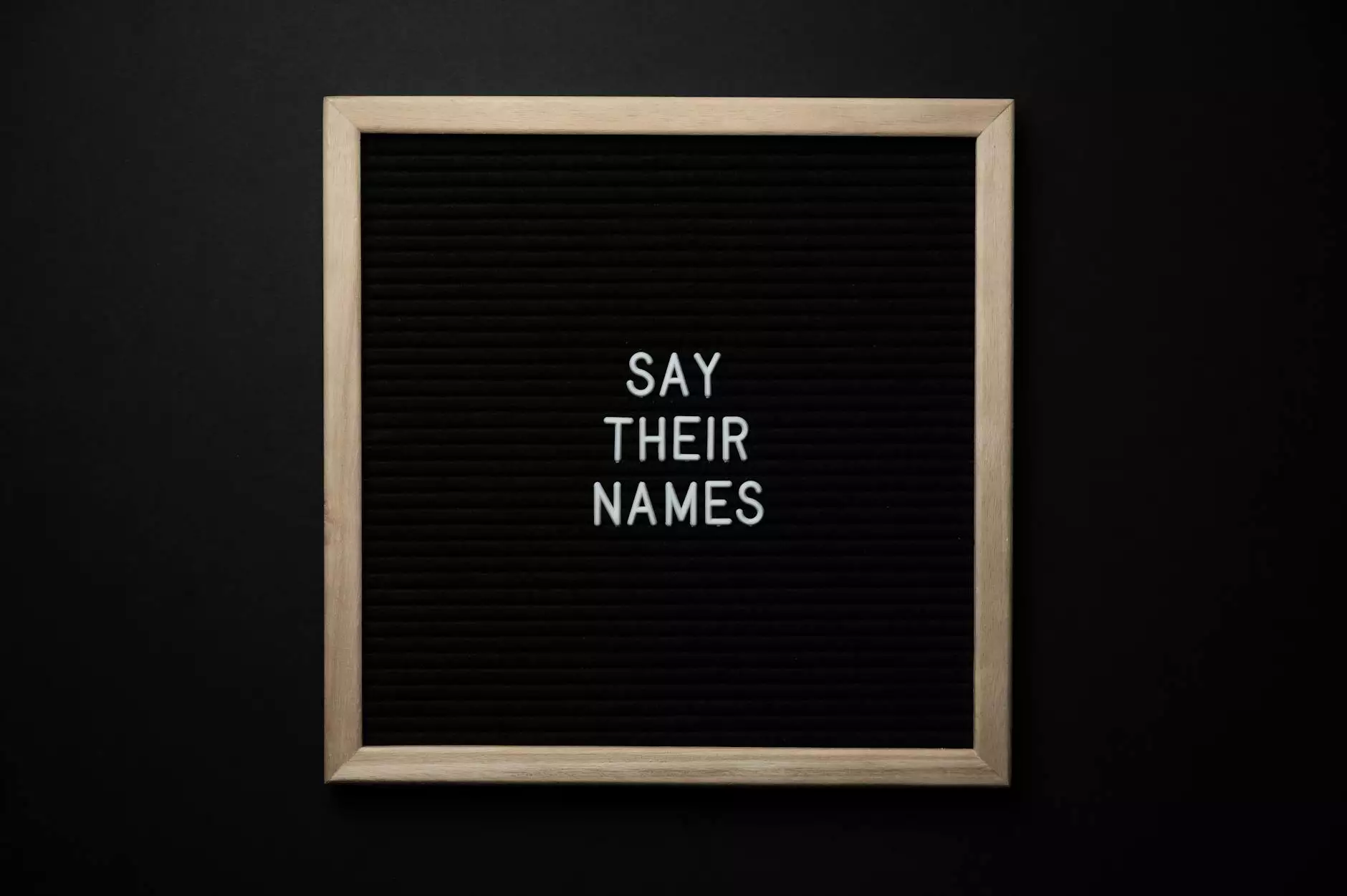Color Theory and Why It's Important for Your Branding
Website Improvement Tips
Introduction
When it comes to creating a powerful and memorable brand, colors play a crucial role. The impact of color on consumer behavior and perception cannot be understated. As a leading provider of website development services in the Business and Consumer Services industry, 8ThirteenMedia understands the importance of incorporating color theory into your branding strategy.
Understanding Color Theory
Color theory is the science and art behind the color choices we make. It involves the study of how colors interact with each other and the psychological impact they have on people. By understanding color theory, you can utilize colors strategically to evoke specific emotions, communicate your message effectively, and attract your target audience.
The Psychology of Colors
Colors have the power to evoke various emotions and associations within individuals. Let's explore the psychology behind some commonly used colors in branding:
1. Red
The color red is often associated with passion, energy, and urgency. It can create a sense of excitement and is commonly used to grab attention. Many well-known brands, such as Coca-Cola, utilize red in their logos to evoke strong emotions and create a memorable brand identity.
2. Blue
Blue is often associated with trust, reliability, and professionalism. It conveys a sense of calmness and stability. Brands like Facebook and IBM incorporate blue into their branding to create a sense of trustworthiness and dependability.
3. Green
Green is commonly associated with nature, growth, and sustainability. It represents harmony and freshness. Brands that focus on environmental themes or wellness often incorporate green in their branding to convey their values and connect with their target audience.
4. Yellow
Yellow is a color that evokes optimism, happiness, and positivity. It grabs attention and stimulates mental activity. Brands like McDonald's and IKEA use yellow in their branding to create a vibrant and inviting atmosphere.
5. Purple
Purple is often associated with creativity, luxury, and wisdom. It can evoke a sense of sophistication and mystery. Brands such as Cadbury and Hallmark use purple to create a sense of elegance and prestige.
6. Orange
Orange is a color that exudes enthusiasm, excitement, and warmth. It can create a sense of playfulness and adventure. Brands like Harley-Davidson and Fanta utilize orange in their branding to capture attention and evoke a sense of fun.
Using Color Theory in Your Branding
Now that you understand the psychology behind colors, you can strategically incorporate them into your branding to create a strong visual identity. Here are some tips to effectively utilize color theory in your branding:
1. Define Your Brand Identity
Before choosing colors, it is important to define your brand identity. Consider your target audience, your brand values, and the emotions you want to evoke. Aligning your color choices with your brand identity will help you create a cohesive and impactful visual representation.
2. Consider Color Combinations
Colors can be used individually, but combining them can create a more dynamic and visually appealing brand. Consider using complementary colors or color schemes that create a harmonious effect. Experiment with different combinations to find the one that best represents your brand.
3. Keep Contrast in Mind
High contrast between colors can make your brand stand out and attract attention. Consider using contrasting colors for your logo, website design, and other brand elements. This will help create visual interest and leave a lasting impression.
4. Adapting to Cultural Differences
Colors carry different meanings in different cultures. It's essential to consider cultural connotations when expanding your brand globally or targeting specific cultural markets. Research the cultural significance of colors in your target market to avoid any unintended negative associations.
5. Consistency Across Platforms
Ensure that your color choices remain consistent across all platforms. Consistency creates brand recognition and helps establish a strong and reliable brand presence. Use the same color palette for your website, social media profiles, marketing materials, and any other touchpoints.
Conclusion
Color theory plays a vital role in shaping your brand image and perception. By understanding the psychology behind colors and utilizing them strategically, you can effectively communicate your brand message, evoke desired emotions, and attract your target audience. As a trusted provider of website development services, 8ThirteenMedia can help you design a visually captivating and impactful brand that stands out from the competition. Contact us today to discuss your branding needs and let us elevate your online presence with exceptional website development services tailored to your business.










